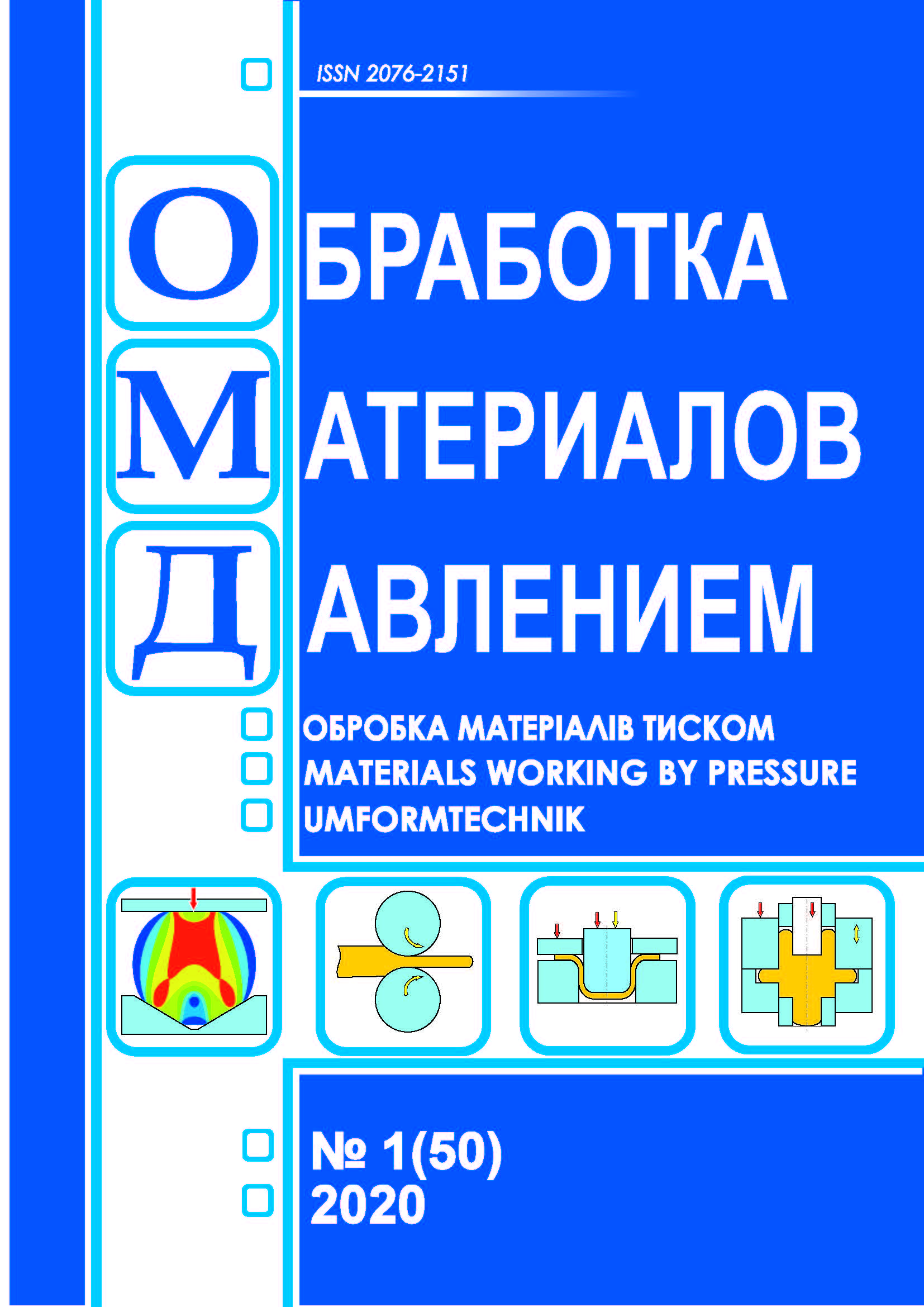Changing the mechanical properties of wire during cryogenic cooling during drawing
DOI:
https://doi.org/10.37142/2076-2151/2020-1(50)224Keywords:
drawing, cryogenic deformation, steel, wire, mechanical properties, microhardness, temperature, microstructure.Abstract
Volokitina I. E., Volokitin A. V. Changing the mechanical properties of wire during cryogenic cooling during drawing. Material working by pressure. 2020. № 1 (50). Р. 224-227.
One of the promising and little – studied methods for obtaining an ultra-fine-grained structure and increased mechanical properties is the so-called cryogenic deformation-deformation at temperatures below 120 K. it is Assumed that low deformation temperatures suppress the return processes, thus contributing to the accumulation of extremely high dislocation density and increasing internal stresses, as well as activating deformation twinning, which together will speed up grain grinding. In this regard, we studied the regularities of changes in the mechanical properties of low-carbon steel depending on the temperature of its deformation by drawing. The choice of steel as the research material is due to its great practical significance, as well as the need to simultaneously improve its strength and plastic properties. The technological process consists of drawing the wire through a die with a reduced cross-section and subsequent intensive cooling. It is experimentally shown that the use of cryogenic deformation treatment by drawing allows for an increase in the complex of mechanical properties compared to traditional drawing. In particular, when processing low-carbon steel wire, the temporary resistance to rupture increases by 10 %, the conditional yield strength increases by 11.5 %, and the relative contraction after rupture decreases by 6 %. The increase in strength characteristics after cryogenic drawing in comparison with drawing at room temperature in General may be associated with an increase in the degree of structural defects, the level of its fragmentation, and changes in the state of the fragment boundaries. Based on the results obtained, it can be concluded that the cryogenic conditions of drawing deformation are an additional factor in implementing the structural resource for optimizing the physical and mechanical properties of steel.

